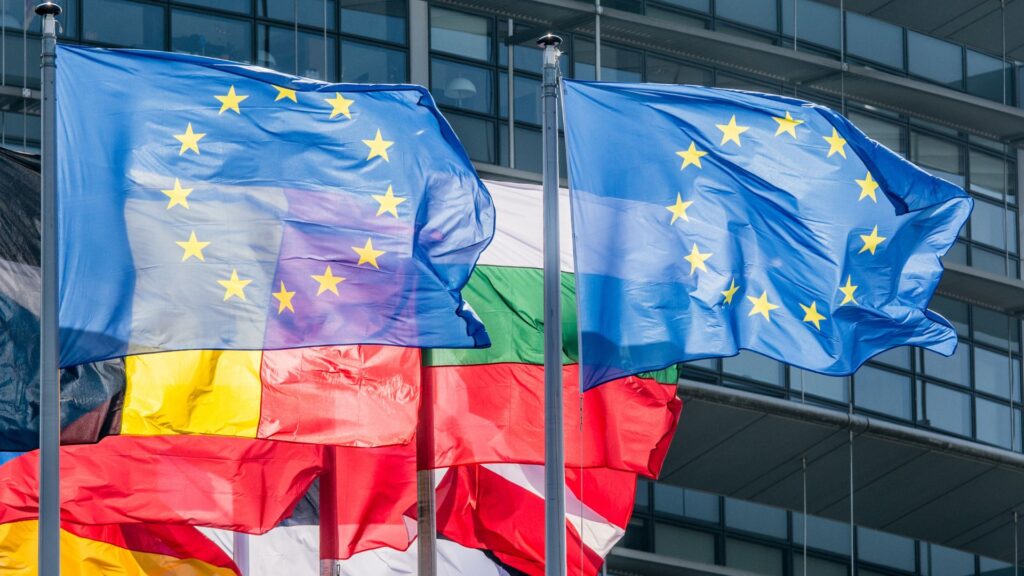In a groundbreaking effort to tackle the dual crises of biodiversity loss and climate change, the European Union has adopted the Regulation on Nature Restoration. This new legislative framework is a pivotal component of the European Green Deal and the EU Biodiversity Strategy for 2030, aiming to restore degraded ecosystems across the continent, enhance biodiversity, and strengthen climate resilience.
Background and Objectives
The Regulation responds to the urgent need to restore Europe’s natural habitats, which are in a state of decline due to various human activities, including intensive agriculture, urbanization, pollution, and climate change. It builds on existing conservation efforts under the EU Habitats Directive and the Birds Directive, expanding their scope and introducing legally binding restoration targets.
Furthermore, the EU Regulation on Nature Restoration aligns seamlessly with the UN Decade on Ecosystem Restoration (2021-2030), a global initiative aimed at preventing, halting, and reversing the degradation of ecosystems worldwide. This UN initiative underscores the critical importance of large-scale restoration efforts in addressing biodiversity loss and climate change, themes that are echoed in the EU’s ambitious targets. This alignment not only reinforces the global urgency for ecosystem restoration but also positions the EU as a leader in driving international efforts towards a more sustainable and resilient future.
Key Provisions
The Regulation sets ambitious targets to restore degraded terrestrial, inland water, coastal, and marine ecosystems. By 2030, at least 30% of these ecosystems are to be under restoration, with a long-term goal of covering all ecosystems in need of restoration by 2050.
Specific targets include:
- Restoration of at least 25,000 km of free-flowing rivers.
- Increasing green spaces in cities, towns and suburbs and improving the health of these ecosystems.
- Reversing pollinator decline and enhancing biodiversity in agricultural and forest ecosystems
EU Member States must develop and implement national restoration plans, based on scientific evidence, that include measures to improve the condition of habitats and species listed in the Habitats and Birds Directives. Restoration measures should ensure continuous improvement until favorable conservation status is achieved. In addition, the Regulation highlights the link between biodiversity and climate change with restoration projects aimed at contributing to climate change mitigation and adaptation, enhancing natural carbon sinks and increasing ecosystem resilience. Synergy with the European Climate Law is crucial, particularly its aim for climate neutrality by 2050.
Special attention is given to marine habitats, with specific restoration actions mandated for marine species and habitats in alignment with the Marine Strategy Framework Directive. Member States must report on their progress towards the restoration targets, using standardized indicators and methodologies. The European Environment Agency (EEA) will play a key role in supporting these efforts, ensuring transparency and accountability.
The Regulation provides for financial support from various EU funding mechanisms, including the Common Agricultural Policy (CAP), the LIFE Programme, and the European Maritime and Fisheries Fund (EMFF). Incentives for private land conservation and sustainable management practices are also included.
Challenges and Opportunities
Implementing the Regulation will face several challenges. Adequate funding and technical expertise are essential for the success of restoration projects and technical and financial resources will need to be mobilized at scale to achieve the targets established. In addition, effective collaboration with local communities, farmers, foresters, and other stakeholders will be critical for success as implementation must reconcile ecological restoration with socio-economic activities, ensuring that restoration efforts do not unduly disrupt livelihoods.
Yet, the opportunities are significant. Restored ecosystems can provide numerous benefits, including improved air and water quality, enhanced biodiversity, climate regulation, and increased resilience against natural disasters, and the restoration economy can create high-quality jobs and stimulate sustainable growth that lasts.
Conclusion
The EU Regulation on Nature Restoration represents a landmark step towards a sustainable future. By setting ambitious, legally binding targets for ecosystem restoration, the Regulation aims to reverse biodiversity loss, enhance climate resilience, and promote a healthier environment. Successful implementation will require concerted efforts from all Member States, robust scientific support, and active stakeholder participation. EU member states must begin planning to submit national restoration plans to the Commission, providing details on how they will deliver on the targets and monitor and report on their progress based on EU-wide biodiversity indicators.
The adoption of the Regulation reaffirms that environmental sustainability remains a top priority for the EU despite recent electoral results, meaning that companies remain compelled to adopt sustainable business practices that minimize their environmental footprint and are nature positive. This adds to the heightened accountability companies now face, including from the perspective of financial disclosures on nature-related risks. Implementation across EU Member States will impact business operations significantly and will require companies to prepare to align their activities with evolving national regulations, which may mean adjusting current practices to comply with emerging standards. This signals a pivotal moment for EU businesses, which must plan ahead to adapt and innovate within a stricter environmental framework.
Written by Frédéric Perron-Welch, from the Green Initiative team.






